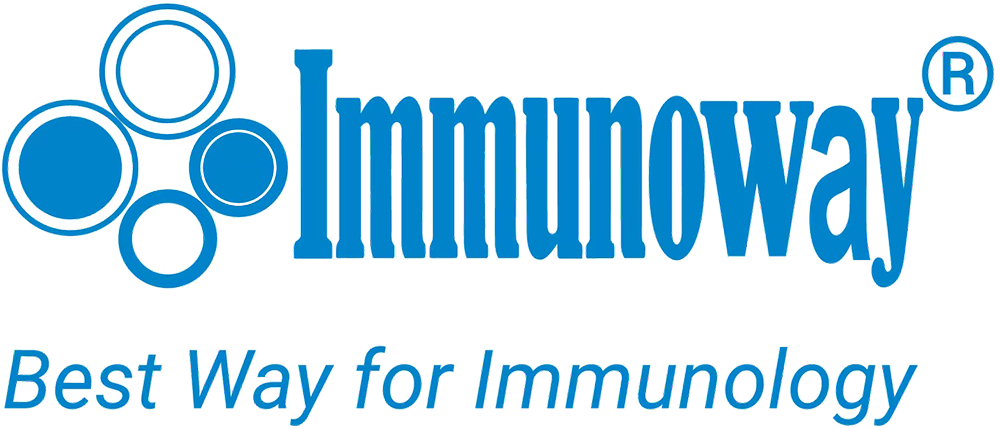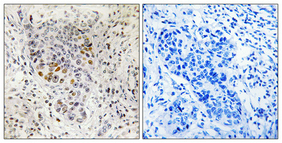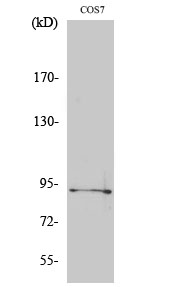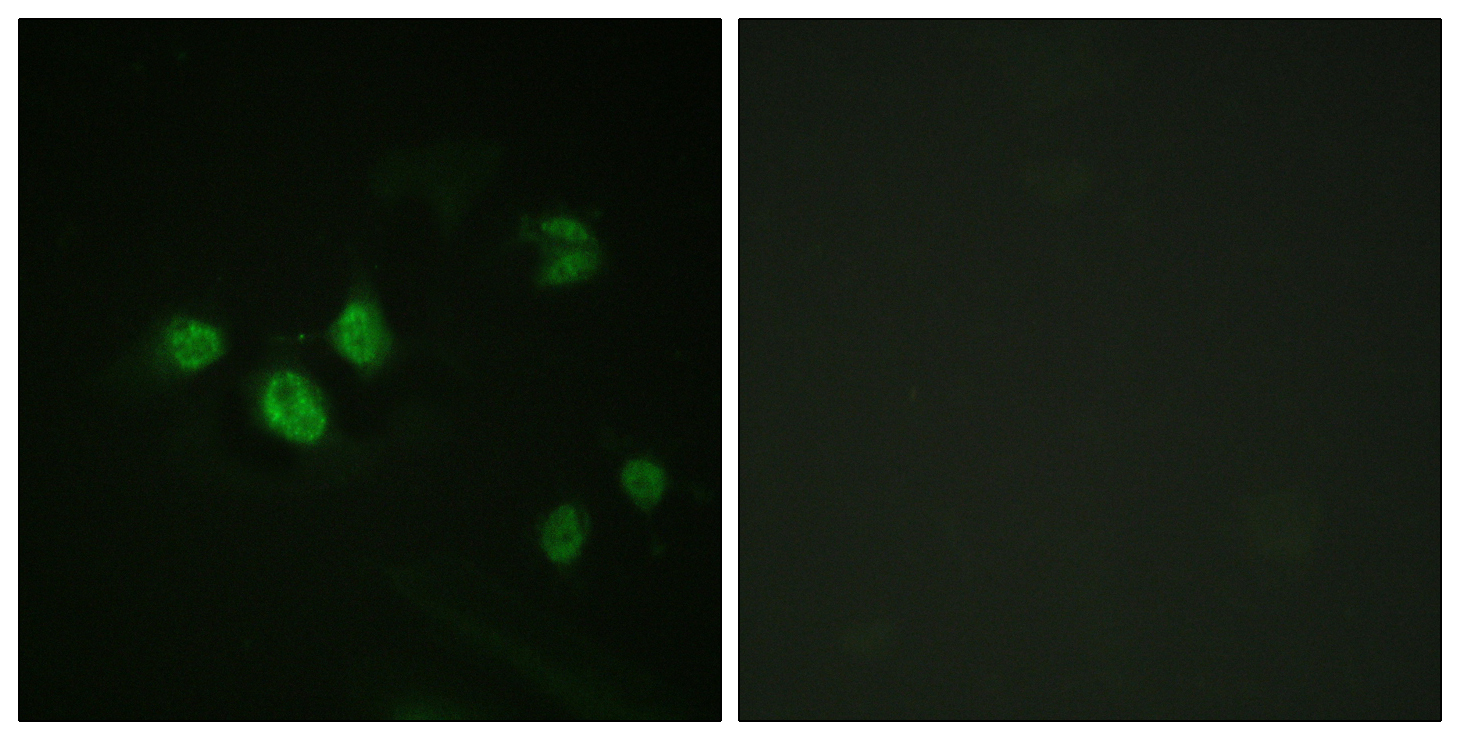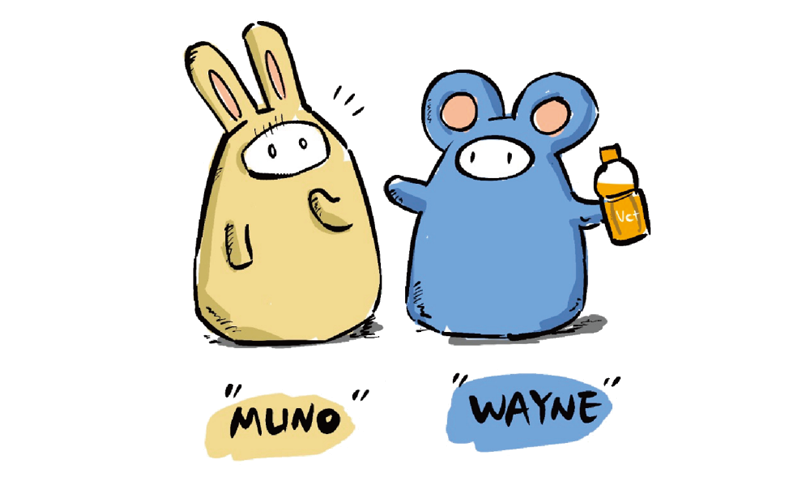
Catalog: YM8086
Size
Price
Status
Qty.
200μL
$600.00
In stock
0
100μL
$340.00
In stock
0
40μL
$190.00
In stock
0
Add to cart


Collected


Collect
Main Information
Target
Sp1
Host Species
Rabbit
Reactivity
Human,
Applications
WB, IHC, IF, IP, ELISA
MW
100kD (Calculated)
100kD (Observed)
Conjugate/Modification
Unmodified
Detailed Information
Recommended Dilution Ratio
IHC 1:200-1000; WB 1:1000-5000; IF 1:200-1000; ELISA 1:5000-20000; IP 1:50-200
Formulation
PBS, 50% glycerol, 0.05% Proclin 300, 0.05%BSA
Specificity
Endogenous
Purification
Protein A
Storage
-15°C to -25°C/1 year(Do not lower than -25°C)
MW(Calculated)
100kD
MW(Observed)
100kD
Modification
Unmodified
Clonality
Monoclonal
Clone Number
PT0149R
Isotype
IgG,Kappa
Related Products
Antigen&Target Information
Specificity:
Endogenous
show all
Gene Name:
SP1
show all
Protein Name:
Transcription factor Sp1
show all
Other Name:
SP1 ;
TSFP1 ;
Transcription factor Sp1
TSFP1 ;
Transcription factor Sp1
show all
Database Link:
Background:
The protein encoded by this gene is a zinc finger transcription factor that binds to GC-rich motifs of many promoters. The encoded protein is involved in many cellular processes, including cell differentiation, cell growth, apoptosis, immune responses, response to DNA damage, and chromatin remodeling. Post-translational modifications such as phosphorylation, acetylation, glycosylation, and proteolytic processing significantly affect the activity of this protein, which can be an activator or a repressor. Three transcript variants encoding different isoforms have been found for this gene. [provided by RefSeq, Nov 2014],
show all
Function:
Function:Binds to GC box promoters elements and selectively activates mRNA synthesis from genes that contain functional recognition sites. Can interact with G/C-rich motifs from serotonin receptor promoter.,PTM:O-glycosylated; contains N-acetylglucosamine side chains.,similarity:Belongs to the Sp1 C2H2-type zinc-finger protein family.,similarity:Contains 3 C2H2-type zinc fingers.,subunit:Interacts with ATF7IP, ATF7IP2, POGZ, HCFC1, AATF and PHC2. Interacts with varicella-zoster virus IE62 protein and HIV-1 Vpr. Interacts with SV40 VP2/3 proteins. Interacts with SV40 major capsid protein VP1; this interaction leads to a cooperativity between the two proteins in DNA binding.,
show all
Cellular Localization:
Nuclear
show all
Tissue Expression:
Up-regulated in adenocarcinomas of the stomach (at protein level). Isoform 3 is ubiquitously expressed at low levels.
show all
Research Areas:
>>Endocrine resistance ;
>>Mitophagy - animal ;
>>TGF-beta signaling pathway ;
>>Estrogen signaling pathway ;
>>Cortisol synthesis and secretion ;
>>Parathyroid hormone synthesis, secretion and action ;
>>Cushing syndrome ;
>>Huntington disease ;
>>Spinocerebellar ataxia ;
>>Human cytomegalovirus infection ;
>>Pathways in cancer ;
>>Transcriptional misregulation in cancer ;
>>Breast cancer ;
>>Choline metabolism in cancer ;
>>Diabetic cardiomyopathy
>>Mitophagy - animal ;
>>TGF-beta signaling pathway ;
>>Estrogen signaling pathway ;
>>Cortisol synthesis and secretion ;
>>Parathyroid hormone synthesis, secretion and action ;
>>Cushing syndrome ;
>>Huntington disease ;
>>Spinocerebellar ataxia ;
>>Human cytomegalovirus infection ;
>>Pathways in cancer ;
>>Transcriptional misregulation in cancer ;
>>Breast cancer ;
>>Choline metabolism in cancer ;
>>Diabetic cardiomyopathy
show all
Signaling Pathway
Cellular Processes >> Transport and catabolism >> Mitophagy - animal
Organismal Systems >> Endocrine system >> Estrogen signaling pathway
Human Diseases >> Cancer: overview >> Pathways in cancer
Human Diseases >> Cancer: overview >> Transcriptional misregulation in cancer
Human Diseases >> Cancer: specific types >> Breast cancer
Human Diseases >> Neurodegenerative disease >> Huntington disease
Human Diseases >> Neurodegenerative disease >> Spinocerebellar ataxia
Environmental Information Processing >> Signal transduction >> TGF-beta signaling pathway
Reference Citation({{totalcount}})
Catalog: YM8086
Size
Price
Status
Qty.
200μL
$600.00
In stock
0
100μL
$340.00
In stock
0
40μL
$190.00
In stock
0
Add to cart


Collected


Collect
Recently Viewed Products
Clear allPRODUCTS
CUSTOMIZED
ABOUT US
Toggle night Mode
{{pinfoXq.title || ''}}
Catalog: {{pinfoXq.catalog || ''}}
Filter:
All
{{item.name}}
{{pinfo.title}}
-{{pinfo.catalog}}
Main Information
Target
{{pinfo.target}}
Reactivity
{{pinfo.react}}
Applications
{{pinfo.applicat}}
Conjugate/Modification
{{pinfo.coupling}}/{{pinfo.modific}}
MW (kDa)
{{pinfo.mwcalc}}
Host Species
{{pinfo.hostspec}}
Isotype
{{pinfo.isotype}}
Product {{index}}/{{pcount}}
Prev
Next
{{pvTitle}}
Scroll wheel zooms the picture
{{pvDescr}}
